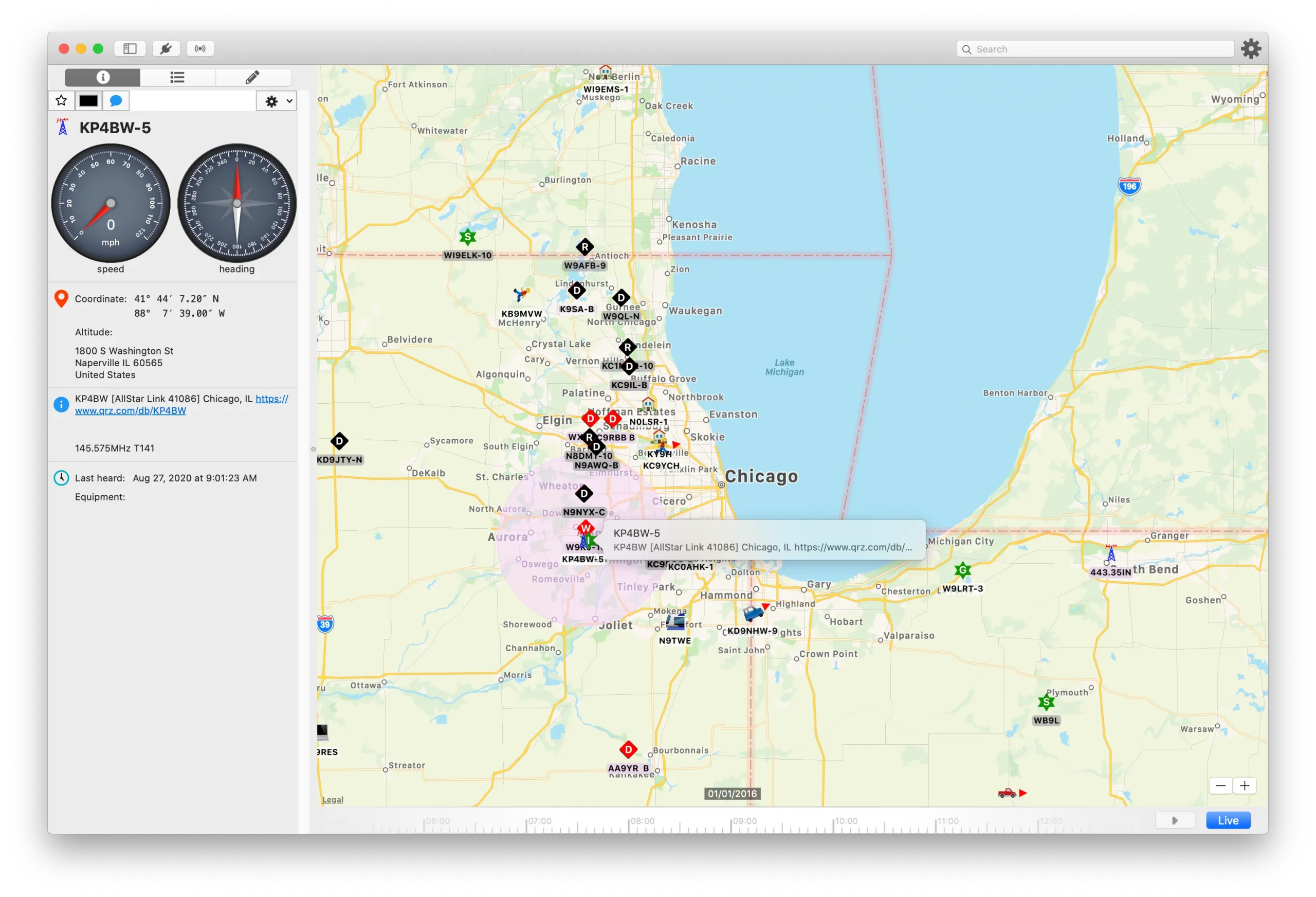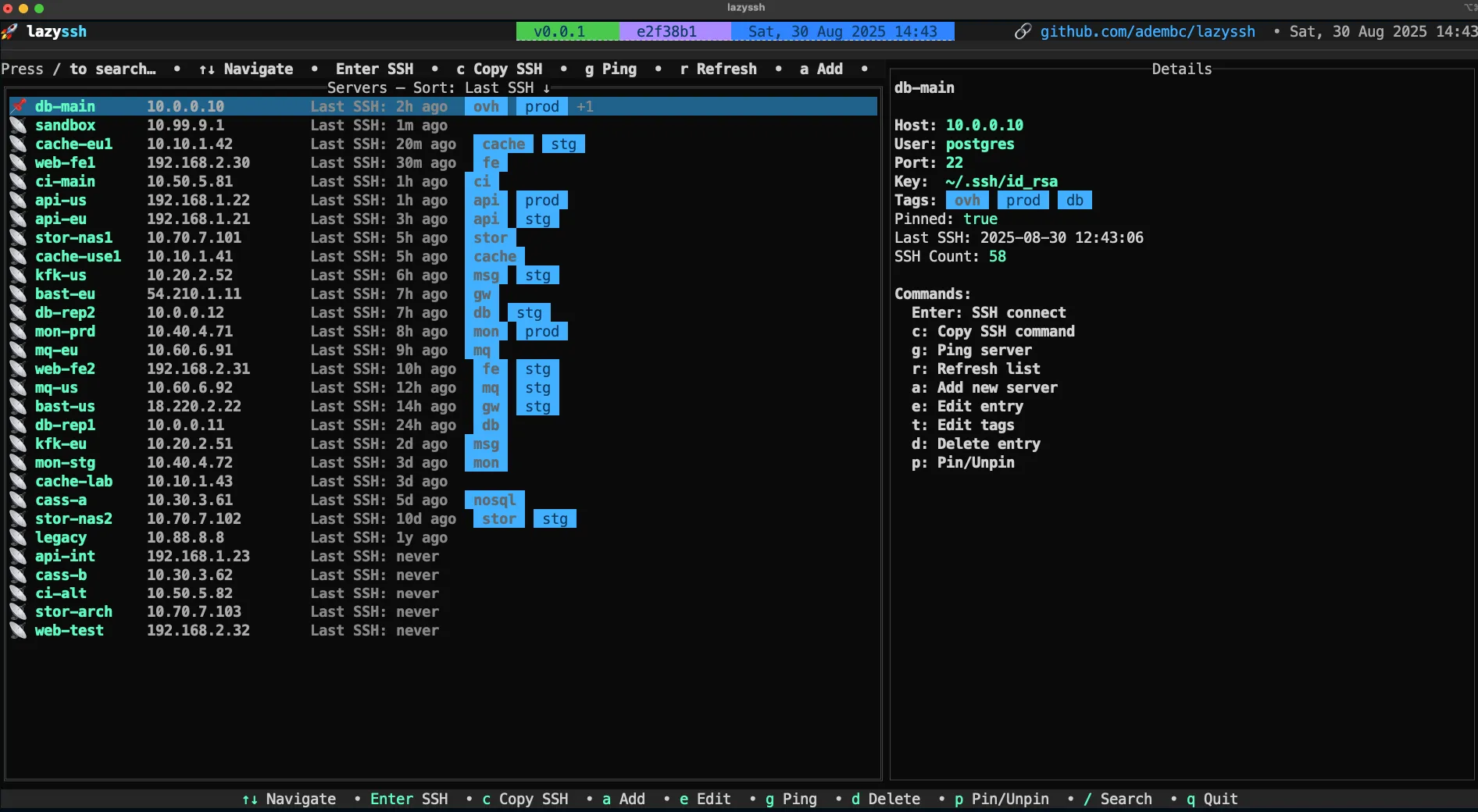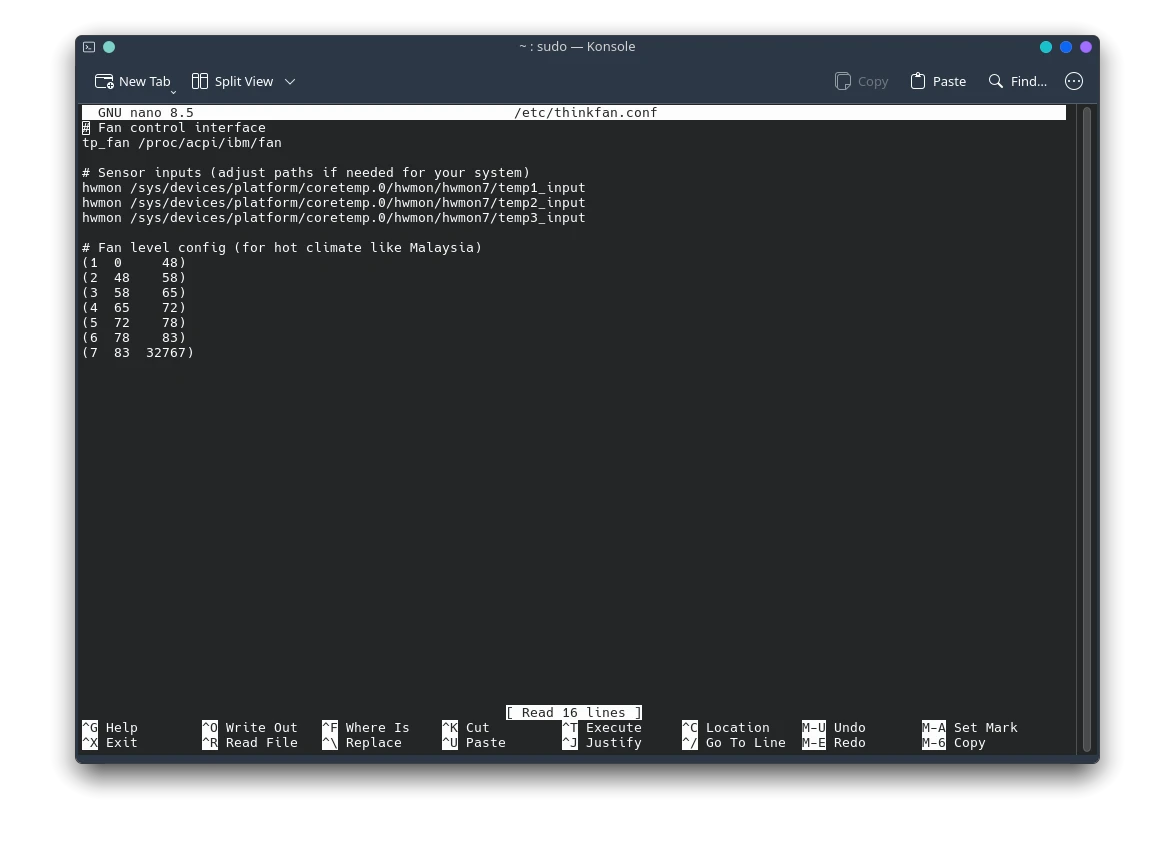Installing Ubuntu on Apple MacBooks with ARM CPUs: A Step-by-Step Guide
Apple’s transition to ARM-based processors, specifically the M1 and M2 chips, has brought significant performance and efficiency improvements. However, running alternative operating systems like Ubuntu on these devices can be challenging due to architectural differences and proprietary hardware. This guide will walk you through the process of installing Ubuntu on Apple Silicon MacBooks, utilizing the Asahi Linux project and virtualization tools.
What You Need to Know
Before diving into the installation process, it’s important to understand that running Ubuntu natively on Apple Silicon is still a work in progress. The Asahi Linux project is actively developing support for Apple’s ARM architecture, and virtualization tools can provide a more straightforward solution in the meantime.
Preparing for Installation
Backup Your Data
Ensure all important data is backed up using Time Machine or another backup solution. Installing a new operating system can result in data loss if not done correctly.
Check System Requirements
- Apple MacBook with M1 or M2 chip
- At least 4 GB of RAM (8 GB or more recommended)
- 25 GB of free disk space
- USB drive with at least 16 GB of space
Method 1: Installing Ubuntu via Virtualization
Using virtualization tools like UTM allows you to run Ubuntu on your ARM-based MacBook without modifying the existing macOS installation.
Step-by-Step Guide to Using UTM
- Download UTM:
- Visit UTM’s website and download the latest version of the application.
- Download Ubuntu ARM Image:
- Go to the Ubuntu website and download the Ubuntu ARM image.
- Create a New Virtual Machine:
- Open UTM and click on the “+” button to create a new virtual machine.
- Select “Virtualize” (not “Emulate”) for better performance and choose the ARM64 architecture.
- Configure the Virtual Machine:
- Load the Ubuntu ARM image as the boot ISO.
- Allocate appropriate resources (e.g., 4 GB of RAM and sufficient storage space).
- Install Ubuntu:
- Start the virtual machine.
- Follow the on-screen instructions to install Ubuntu within the virtual environment.
- Post-Installation Setup:
- Once Ubuntu is installed, update the system using:
bash sudo apt update sudo apt upgrade
Method 2: Installing Ubuntu Natively with Asahi Linux
Asahi Linux is a project aimed at running Linux natively on Apple Silicon. While still under development, it provides a pathway to install Ubuntu on these devices.
Step-by-Step Guide to Using Asahi Linux
- Download the Asahi Linux Installer:
- Visit the Asahi Linux website and download the latest installer script.
- Prepare a Bootable USB Drive:
- Use a tool like Etcher to create a bootable USB drive with the Asahi Linux installer.
- Boot into Recovery Mode:
- Restart your MacBook and hold down the Power button to enter the startup options screen.
- Select “Options” to boot into Recovery Mode.
- Disable System Integrity Protection (SIP):
- Open the Terminal from the Utilities menu in Recovery Mode.
- Run the command:
csrutil disable - Reboot your MacBook.
- Run the Asahi Linux Installer:
- Insert the bootable USB drive and reboot your MacBook, holding down the Option key.
- Select the USB drive from the startup options.
- Follow the on-screen instructions to install Asahi Linux.
- Partition Your Disk:
- During the installation process, partition your disk to allocate space for Ubuntu.
- Complete the Installation:
- The installer will guide you through the remaining steps. Once complete, reboot your MacBook and select the Asahi Linux partition.
- Install Ubuntu:
- Follow the standard Ubuntu installation process within the Asahi Linux environment.
Post-Installation Steps
After installing Ubuntu via Asahi Linux, perform additional setup:
- Update the System:
- Open a terminal and run:
bash sudo apt update sudo apt upgrade
- Install Additional Drivers:
- Refer to the Asahi Linux documentation for any specific drivers or configurations needed for optimal performance.
- Customize Your Environment:
- Install your preferred applications and configure your desktop environment as needed.
Conclusion
Installing Ubuntu on Apple Silicon MacBooks is an evolving process, with tools like Asahi Linux and UTM making it increasingly feasible. Whether you choose to run Ubuntu natively or through virtualization, this guide provides the necessary steps to get started. Keep an eye on the Asahi Linux project for ongoing updates and improvements, and enjoy exploring the versatility of Ubuntu on your powerful MacBook.
For the latest updates and detailed documentation, visit the Asahi Linux website. Happy experimenting!






Post Comment